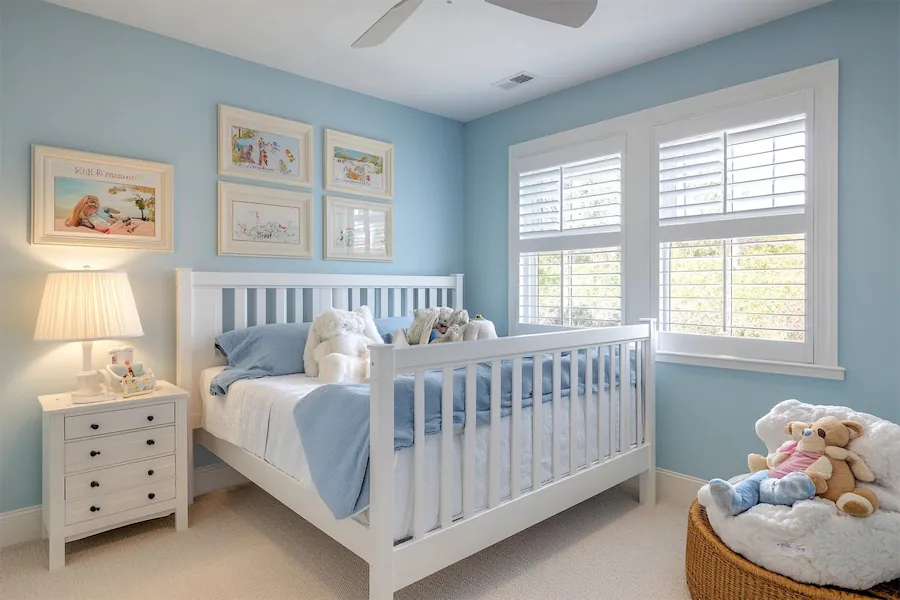Designing a traditional kid’s room involves creating a timeless and functional space that reflects classic design principles while catering to a child’s needs and personality. This style emphasizes symmetry, classic patterns, and quality furnishings, resulting in a room that can adapt as the child grows.
Introduction to Traditional Kid Rooms
A traditional kid’s room blends elegance with comfort, incorporating elements like wooden furnishings, symmetrical layouts, and classic patterns. This approach ensures the room remains stylish and functional over time, providing a stable backdrop for the child’s evolving tastes.
History and Origins of Traditional Design
Traditional interior design draws inspiration from 18th and 19th-century European decor, characterized by rich colors, intricate details, and quality craftsmanship. In children’s rooms, this translates to spaces that are both sophisticated and inviting, fostering an environment conducive to rest and play.
Key Features of Traditional Kid Rooms
- Symmetry and Balance: Arranging furniture and decor in a balanced manner creates a harmonious and orderly feel. For instance, placing matching nightstands on either side of the bed promotes visual stability.
- Classic Furniture: Incorporate well-crafted wooden pieces such as sleigh beds, dressers, and armoires. These items not only add elegance but also stand the test of time, both in durability and style.
- Timeless Patterns: Utilize patterns like stripes, plaids, or florals in bedding, curtains, and rugs to add visual interest while maintaining a classic aesthetic. These patterns can be easily updated with accessories as the child’s preferences evolve.
- Neutral and Muted Color Palettes: Opt for soft hues such as beige, cream, pastels, or gentle blues and greens. These colors create a calming atmosphere and serve as a versatile backdrop for various decor elements.
- Quality Textiles: Use high-quality fabrics like cotton, linen, or wool for bedding and upholstery to ensure comfort and longevity. Layering different textures adds depth and warmth to the room.
Applications of Traditional Design in Children’s Rooms
- Personalized Touches: Incorporate monogrammed items or family heirlooms to add a unique and sentimental aspect to the room. This personal connection enhances the room’s traditional feel.
- Study Areas: Create a dedicated space with a classic wooden desk and comfortable chair to encourage study habits. Ensuring the area is well-lit and organized promotes focus and learning.
- Play Zones: Designate an area with traditional toy storage solutions, like wooden chests or built-in shelves, to keep the room tidy and encourage imaginative play. Open shelving allows for easy access and display of favorite items.
Considerations When Choosing Traditional Design
- Adaptability: Select foundational pieces that can transition with the child’s changing tastes. For example, a classic bed frame can accommodate different bedding styles as preferences shift.
- Durability: Invest in high-quality furniture that withstands wear and tear, ensuring longevity and safety. Sturdy materials like solid wood are ideal choices.
- Safety: Ensure all furniture meets current safety standards, with no sharp edges or hazardous materials. Anchor heavy items to the wall to prevent tipping.
Conclusion
A traditional kid’s room combines timeless design elements with functional considerations, creating a nurturing environment that grows with the child. By focusing on quality materials, classic patterns, and balanced layouts, you can design a space that is both elegant and adaptable to your child’s evolving needs.
